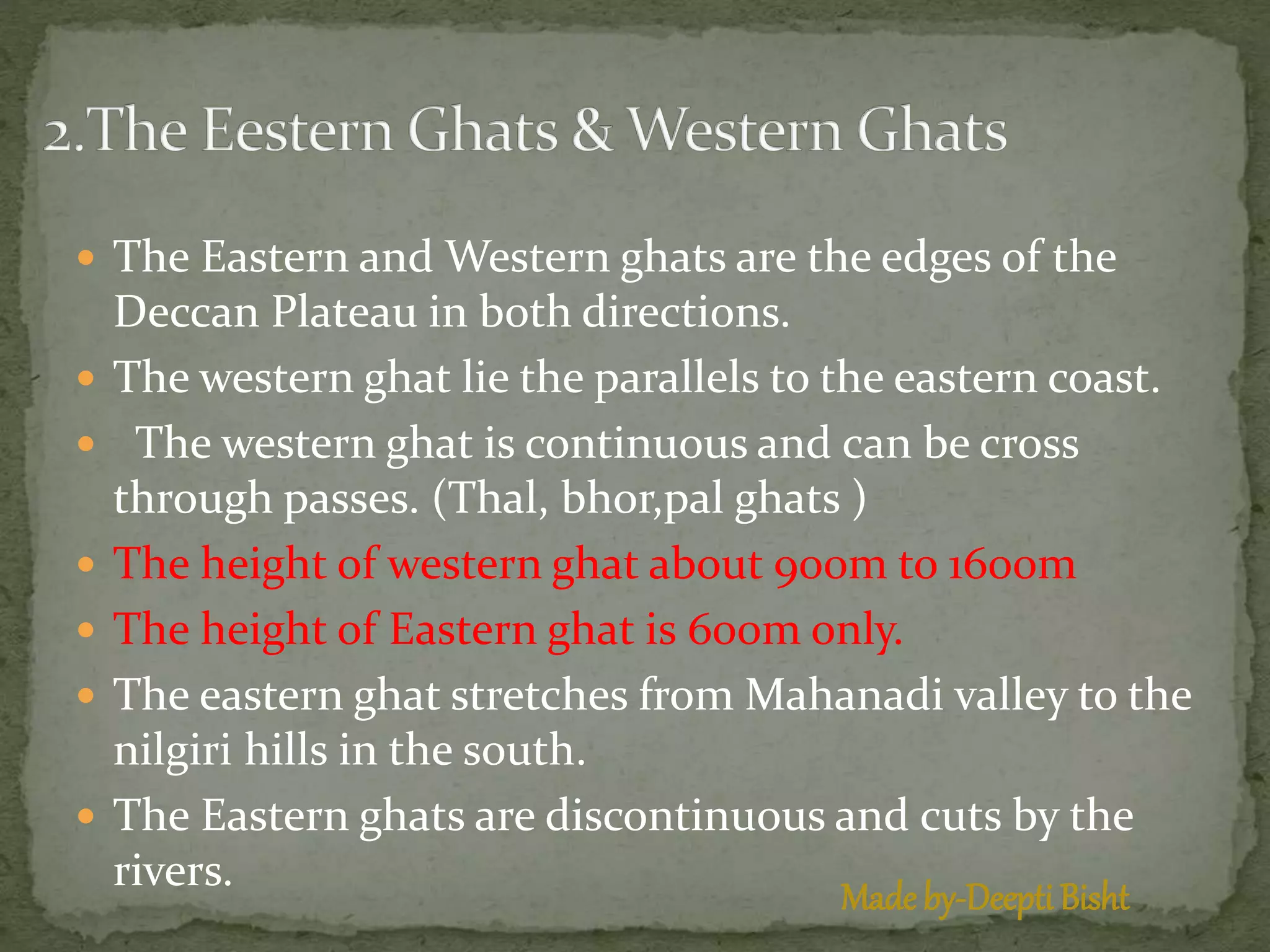The Andaman and Nicobar Islands are an Indian union territory located in the Bay of Bengal. The islands comprise two main island groups - the Andaman Islands and the Nicobar Islands. The earliest inhabitants were the indigenous Andamanese people, who have lived isolated on the islands for over 2,200 years. During colonial times, the islands were controlled by Denmark, Britain, Japan, and the Azad Hind government. After Indian independence in 1947, the islands became a union territory of India.
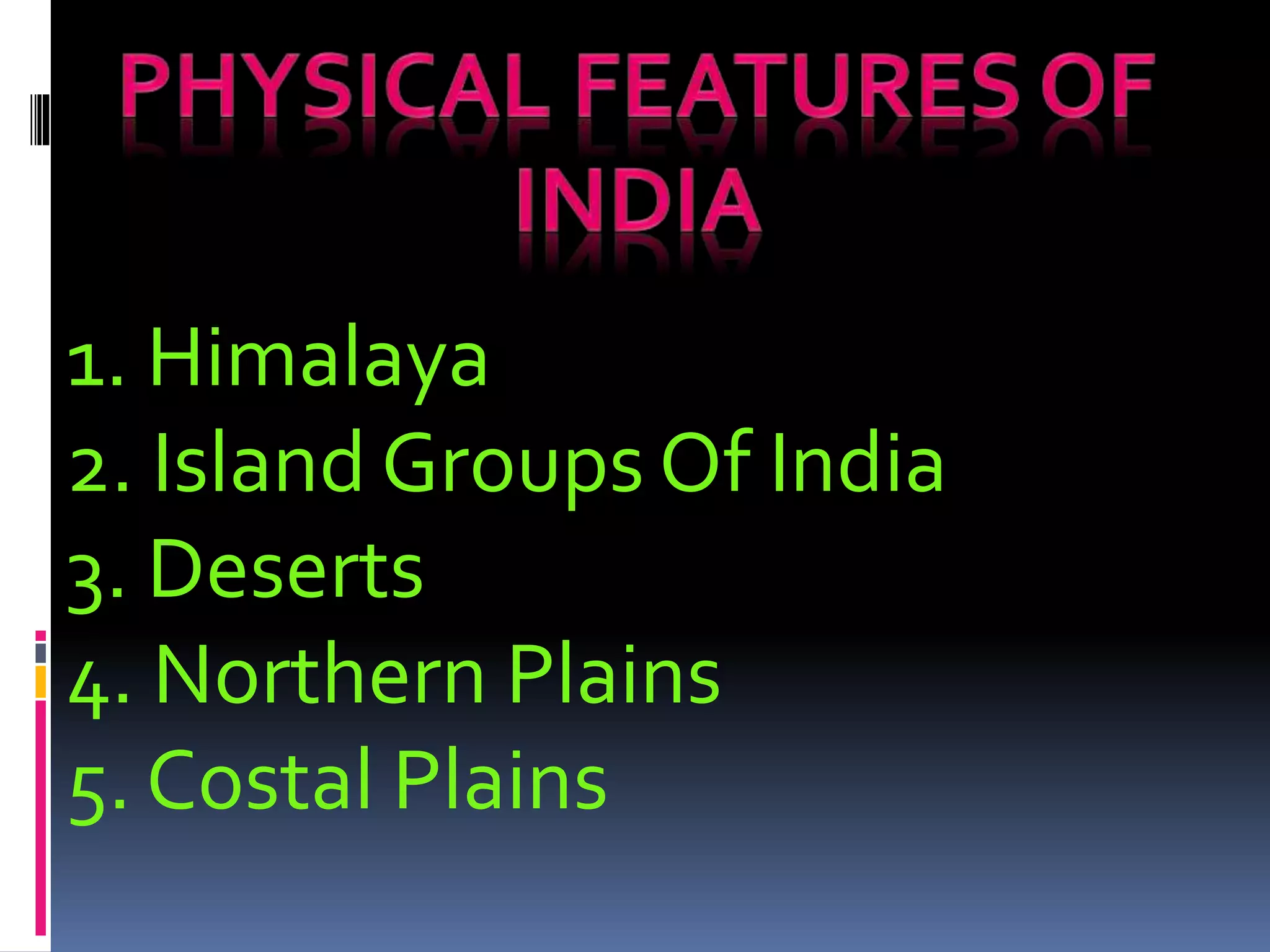



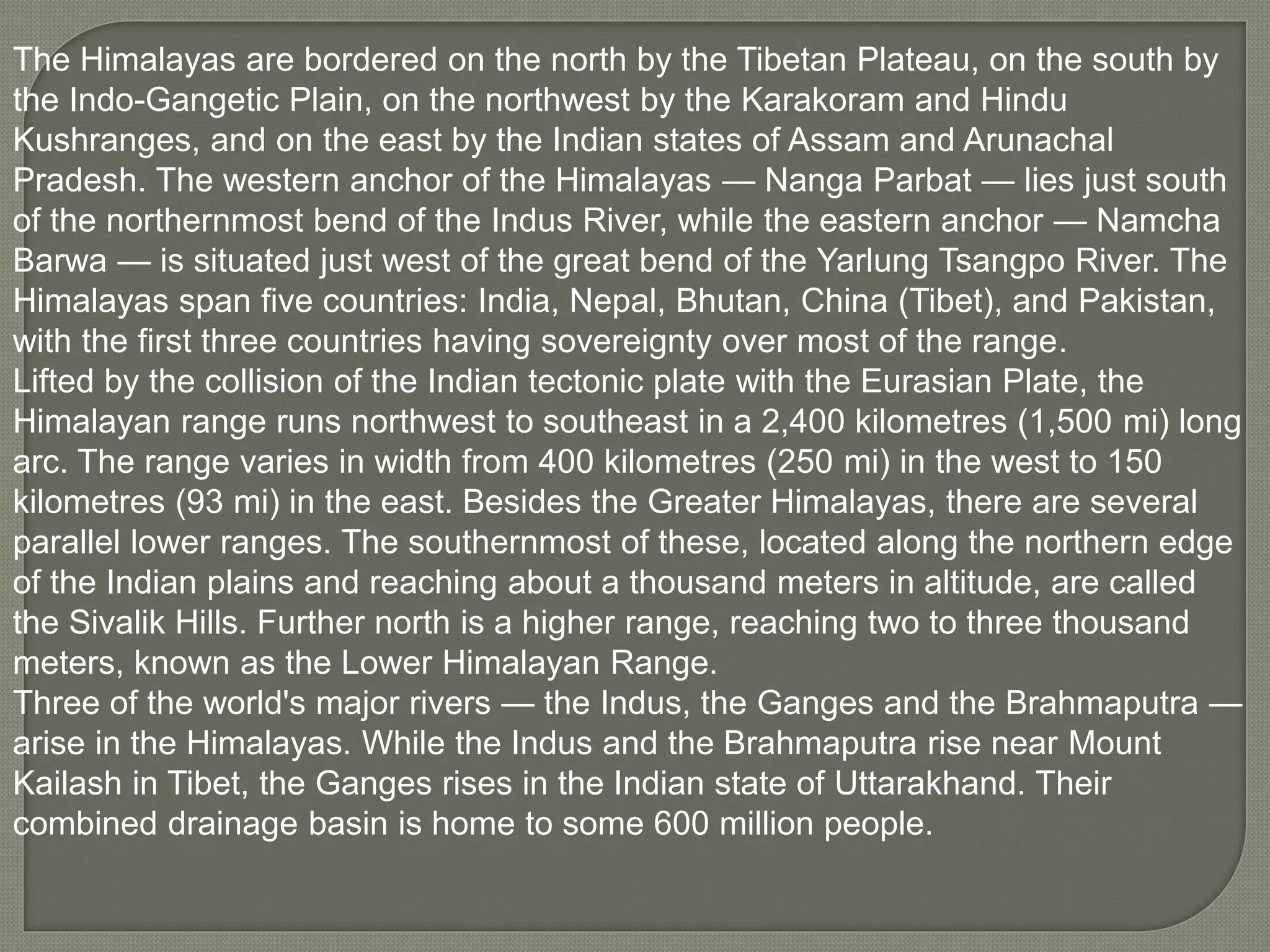





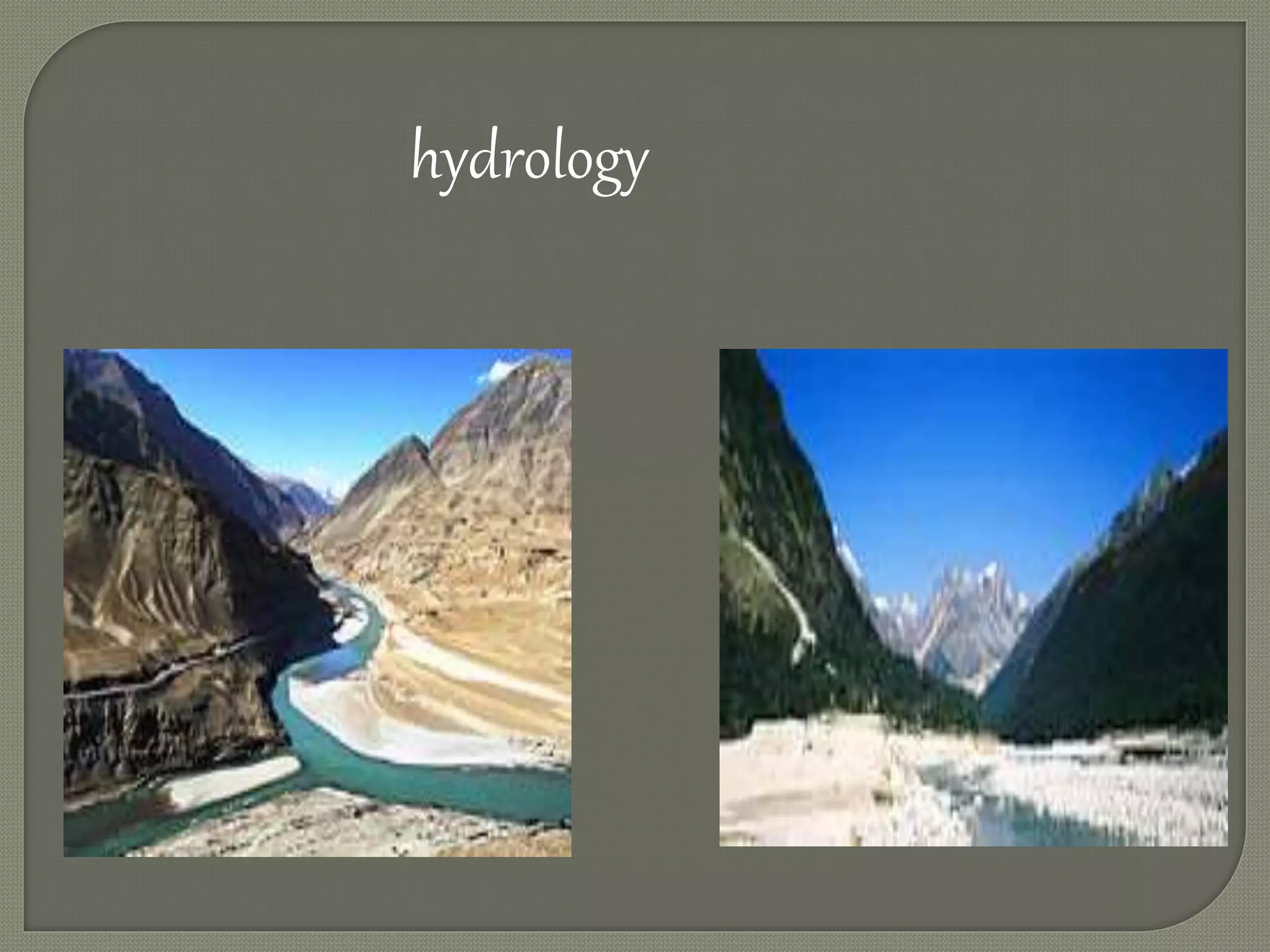
![The Himalayas have the third largest deposit of ice and
snow in the world, after Antarctica and the Arctic.[12] The
Himalayan range encompasses about 15,000 glaciers,
which store about 12,000 km3 (3,000 cubic miles) of
fresh water.[13] Its glaciers include
the Gangotri and Yamunotri (Uttarakhand)
and Khumbu glaciers (Mount
Everest region),Langtang glacier (Langtang region)
and Zemu (Sikkim).
Owing to the mountains' latitude near the Tropic of
Cancer, the permanent snow line is among the highest
in the world at typically around 5,500 metres
(18,000 ft).[14] In contrast, equatorial mountains in New
Guinea, the Rwenzoris and Colombia have a snow line
some 900 metres (2,950 ft) lower.[15] The higher regions
of the Himalayas are snowbound throughout the year, in
spite of their proximity to the tropics, and they form the
sources of several large perennial rivers, most of which
combine into two large river systems:](https://image.slidesharecdn.com/pptonphysicalfeaturesofindia-180708075647/75/Ppt-on-Features-of-india-12-2048.jpg)



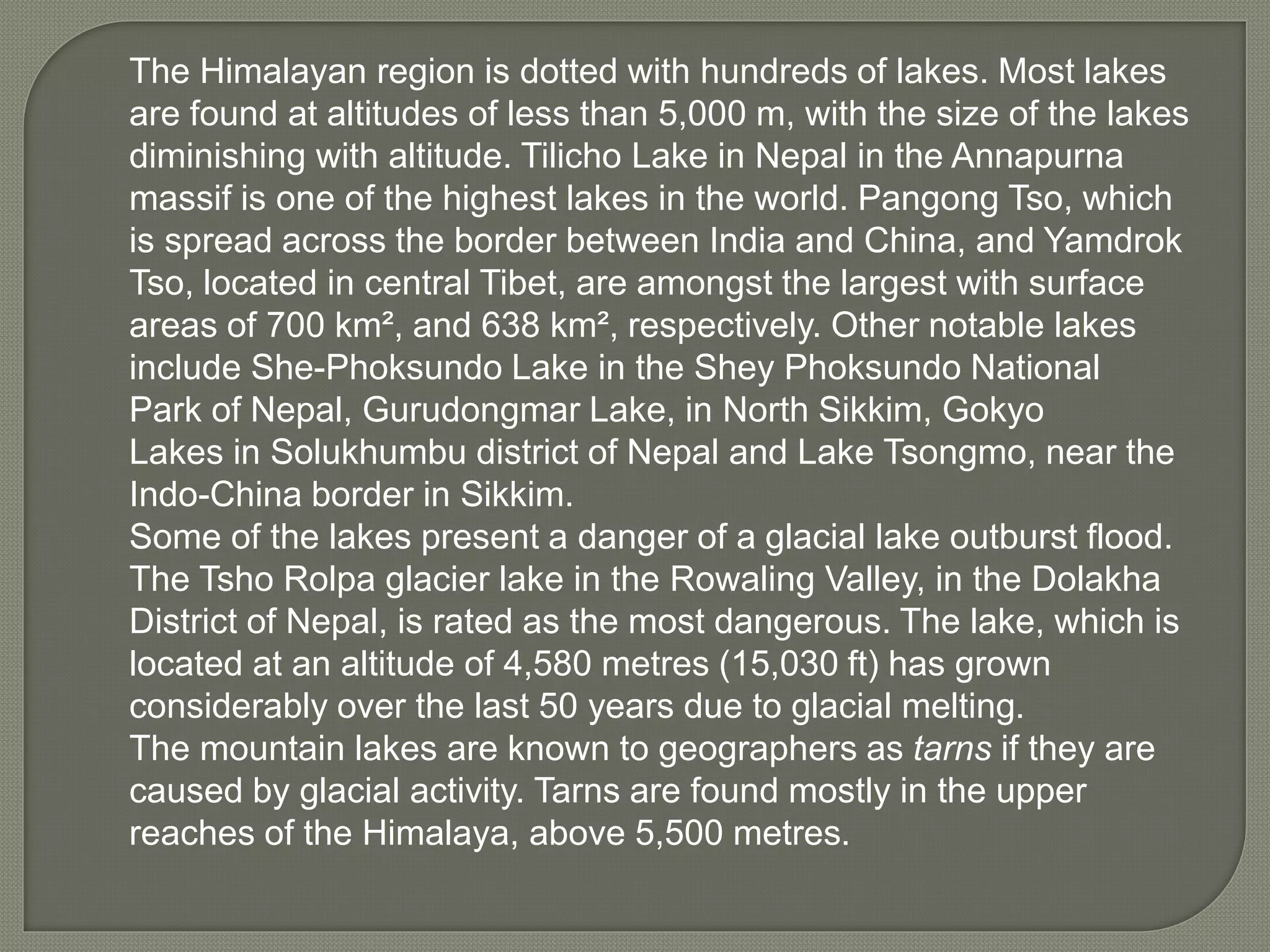
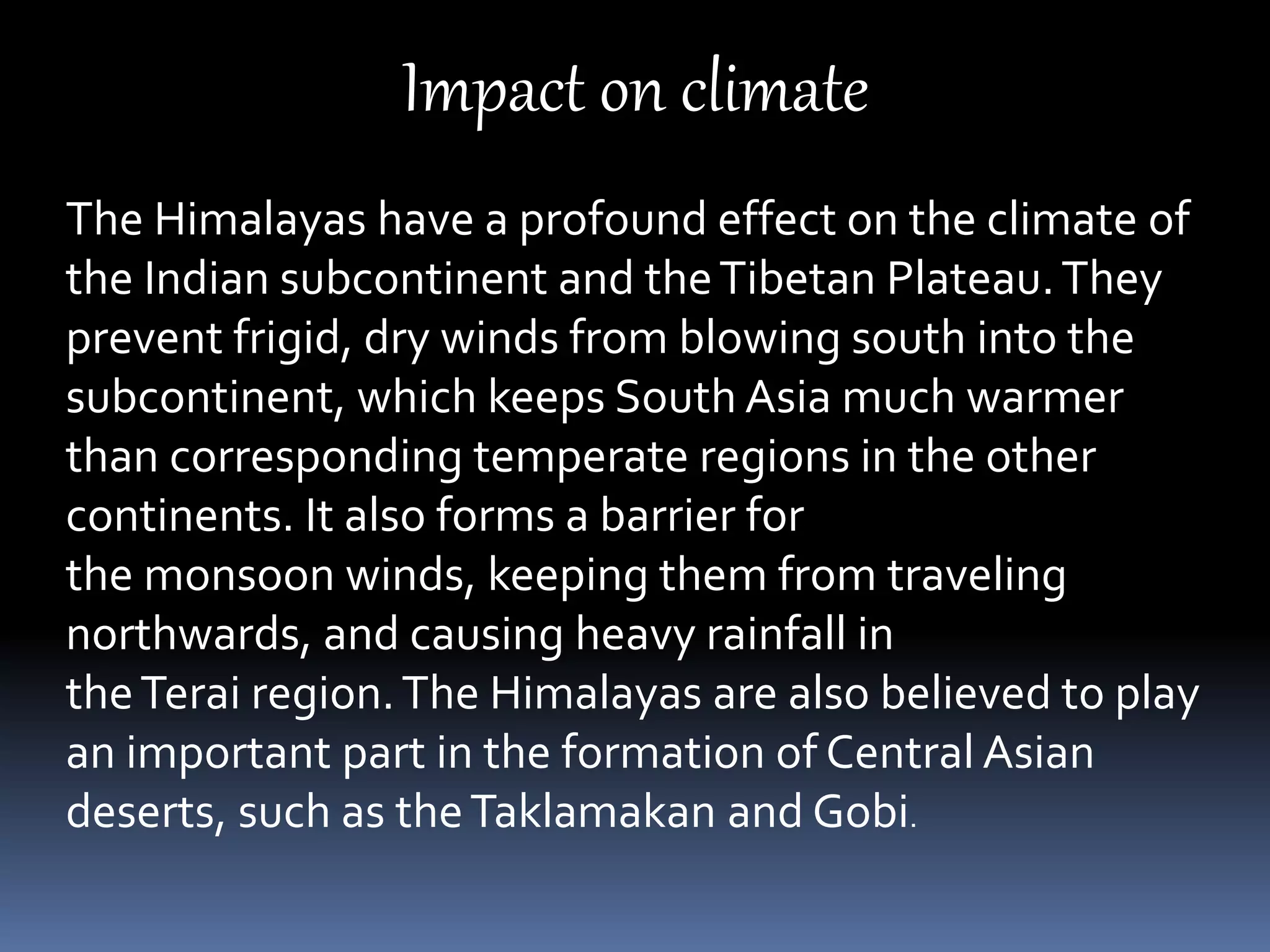


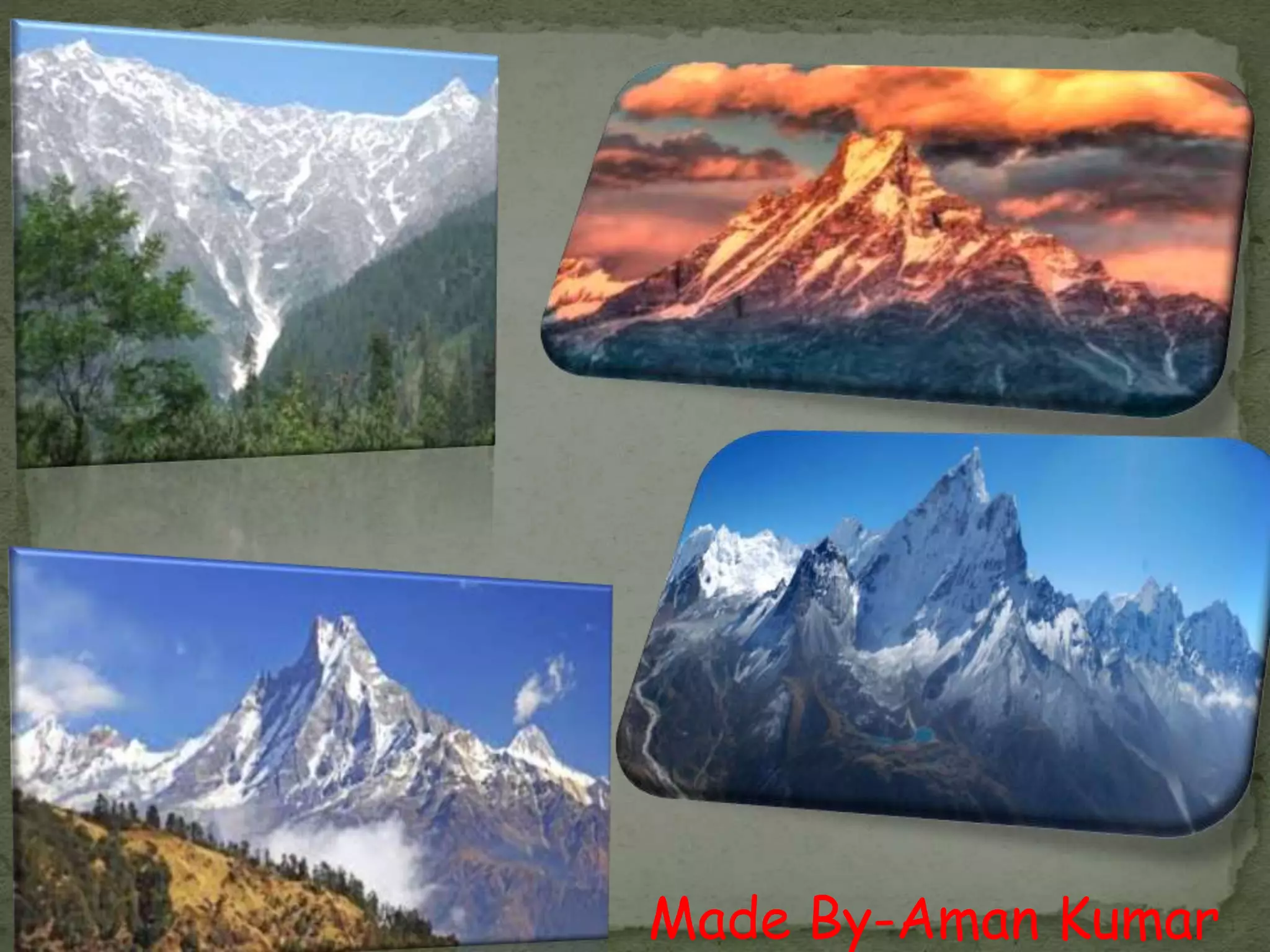
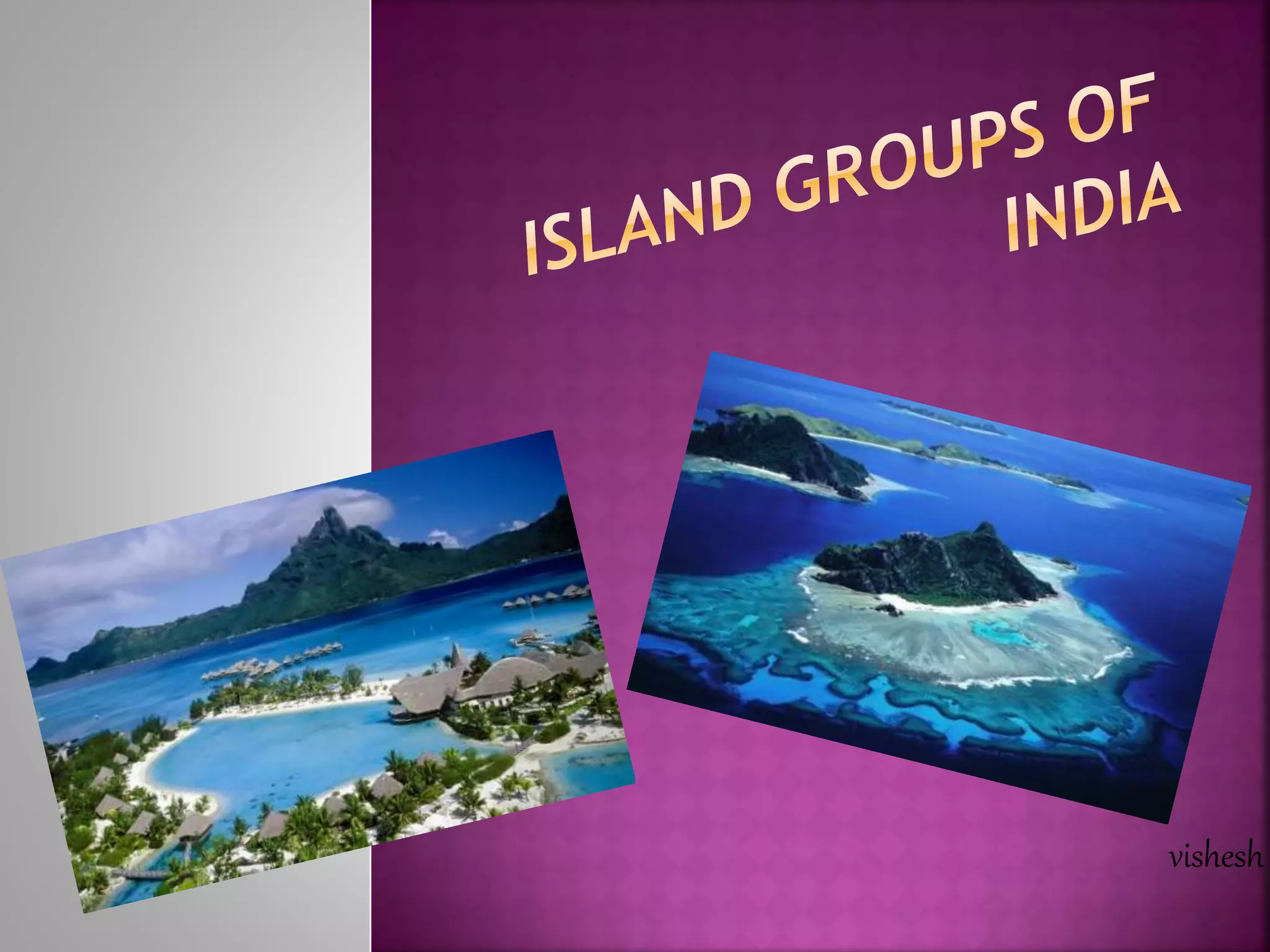








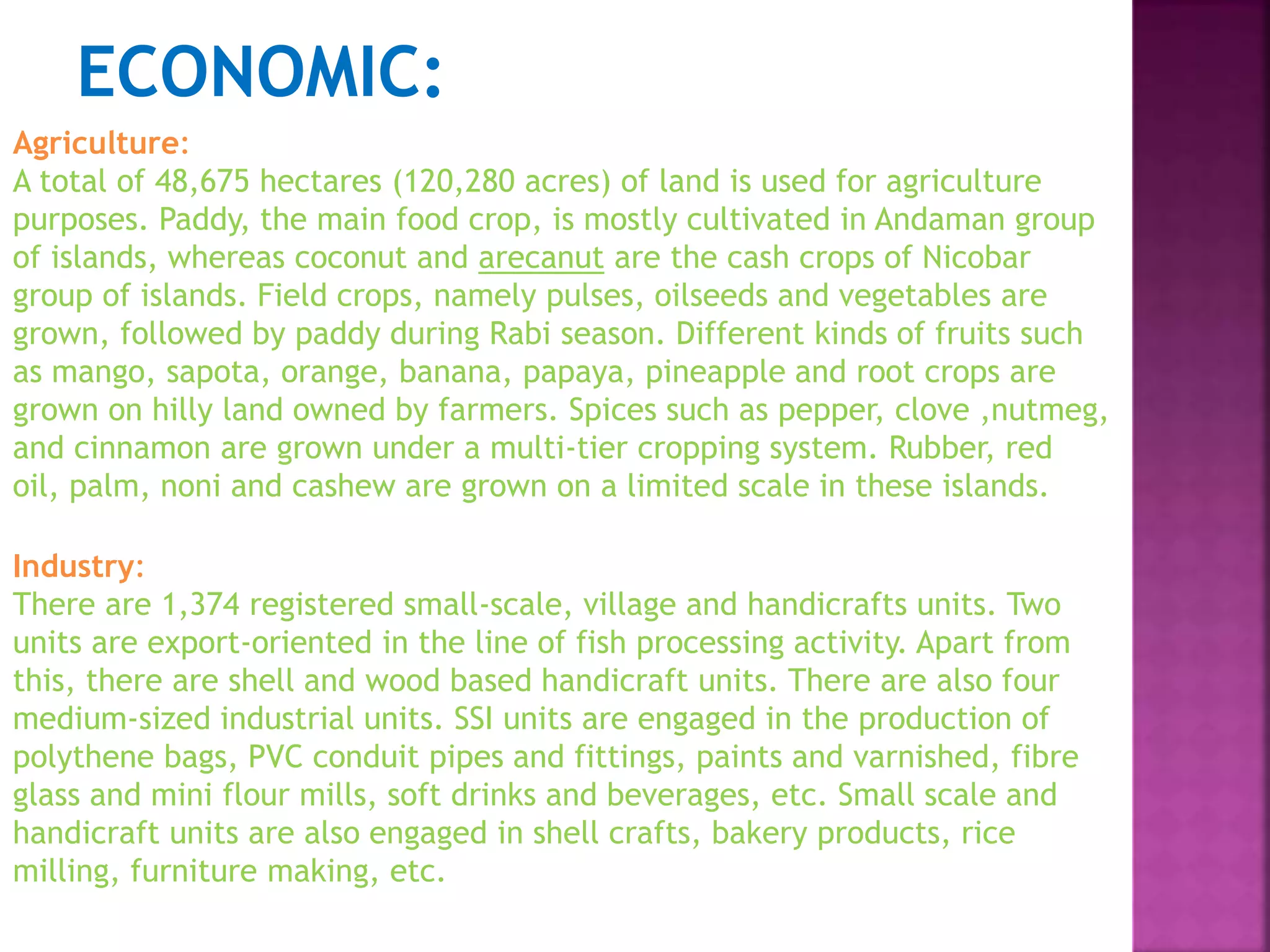






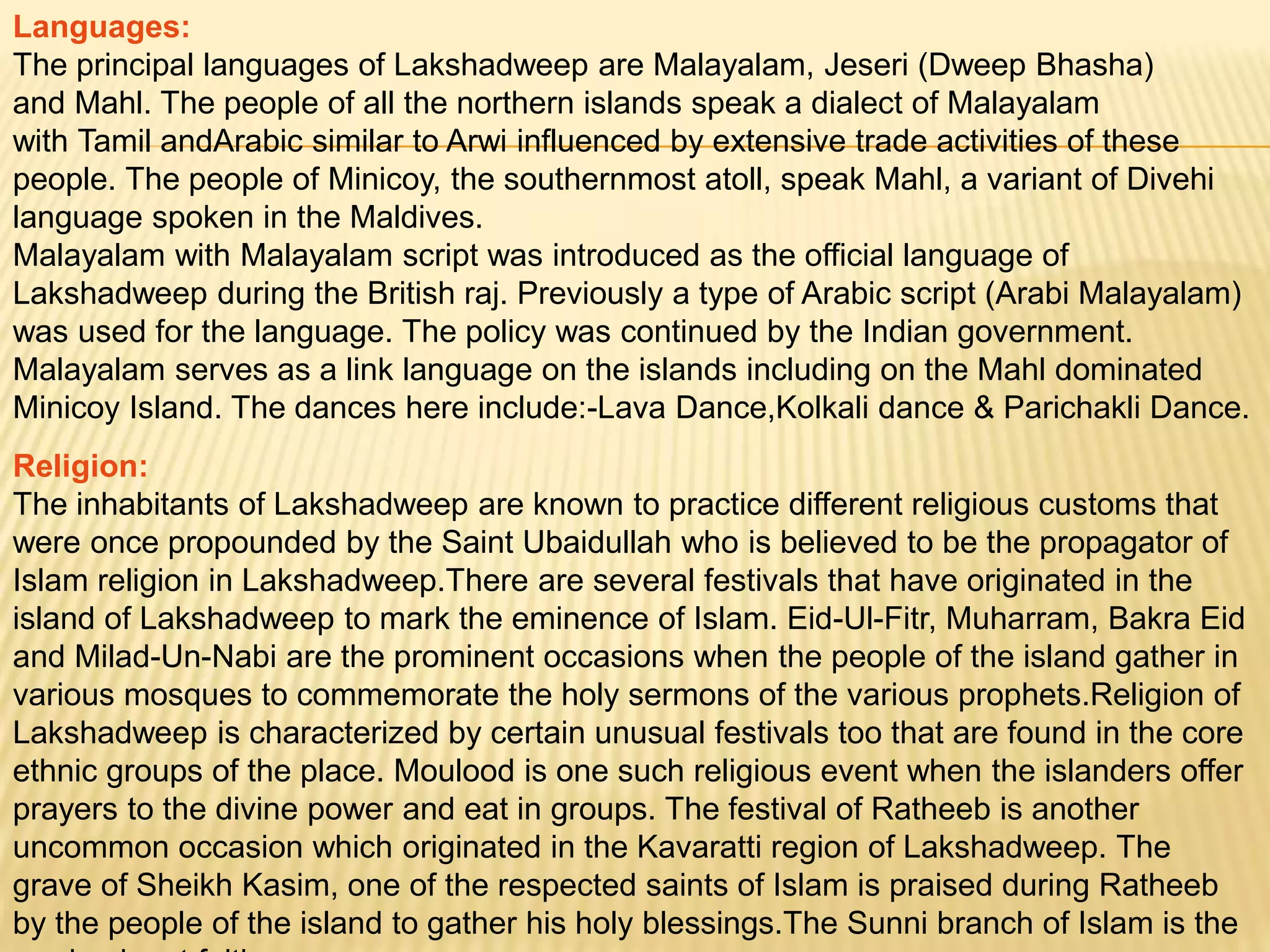


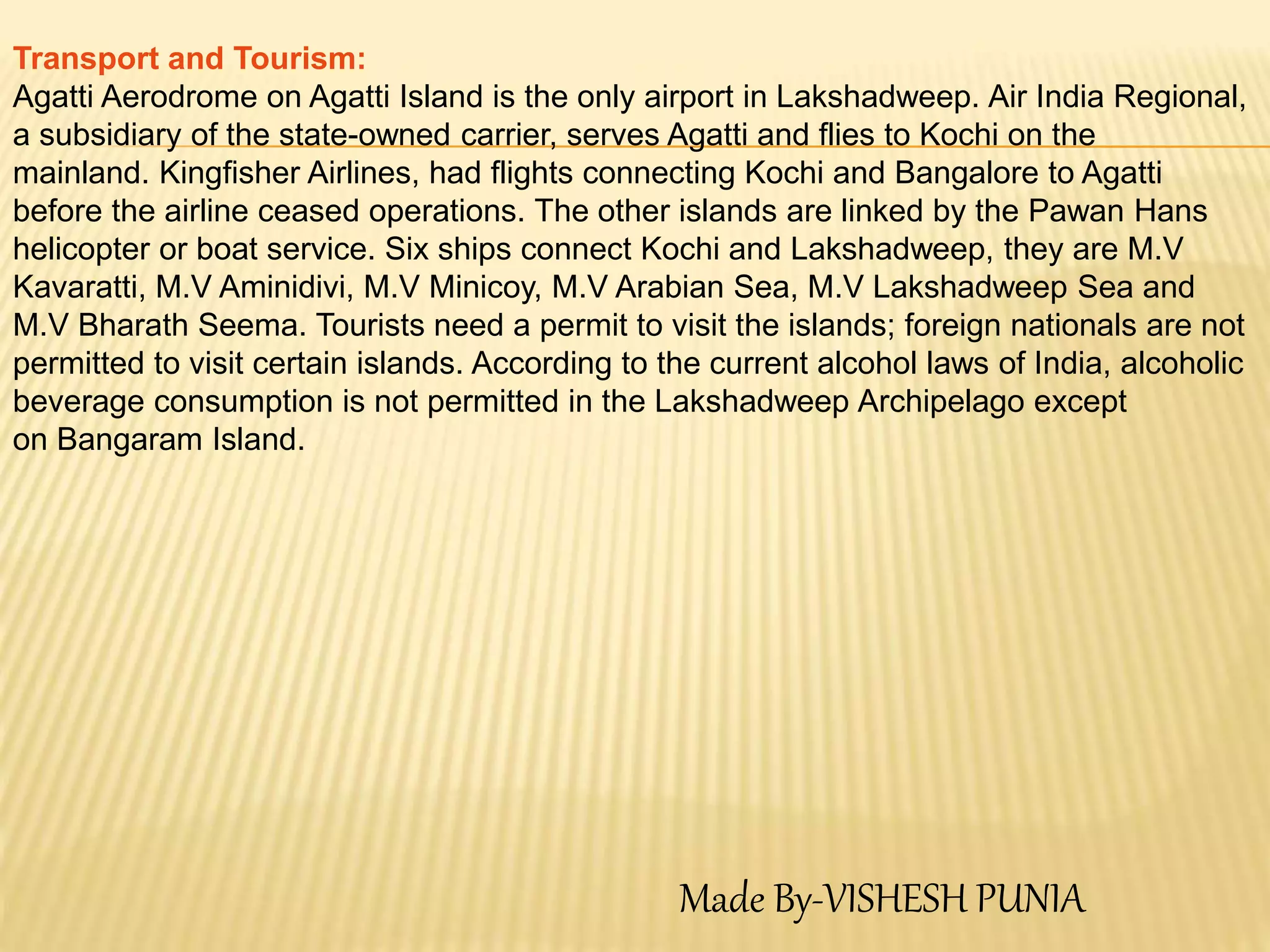

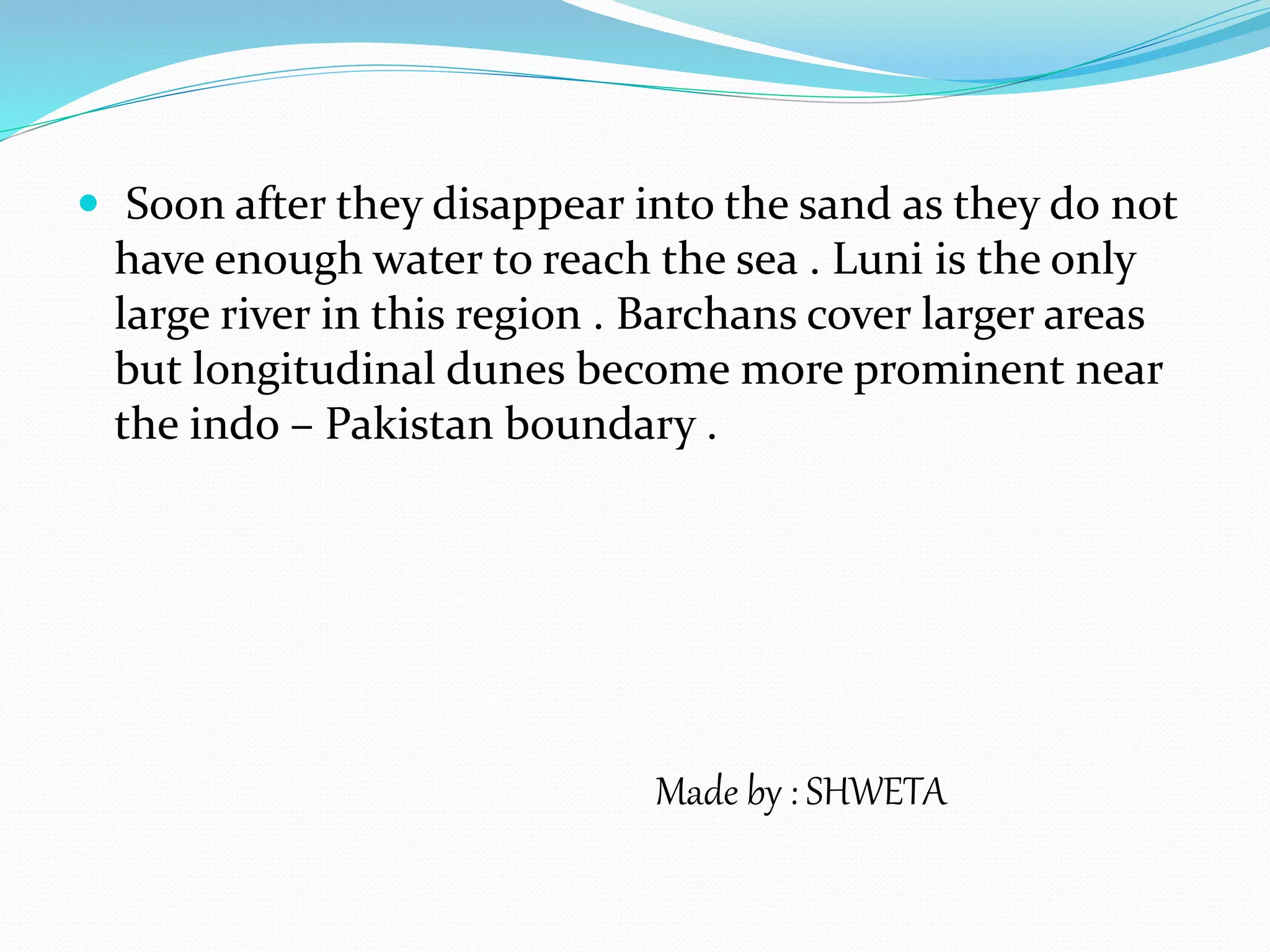




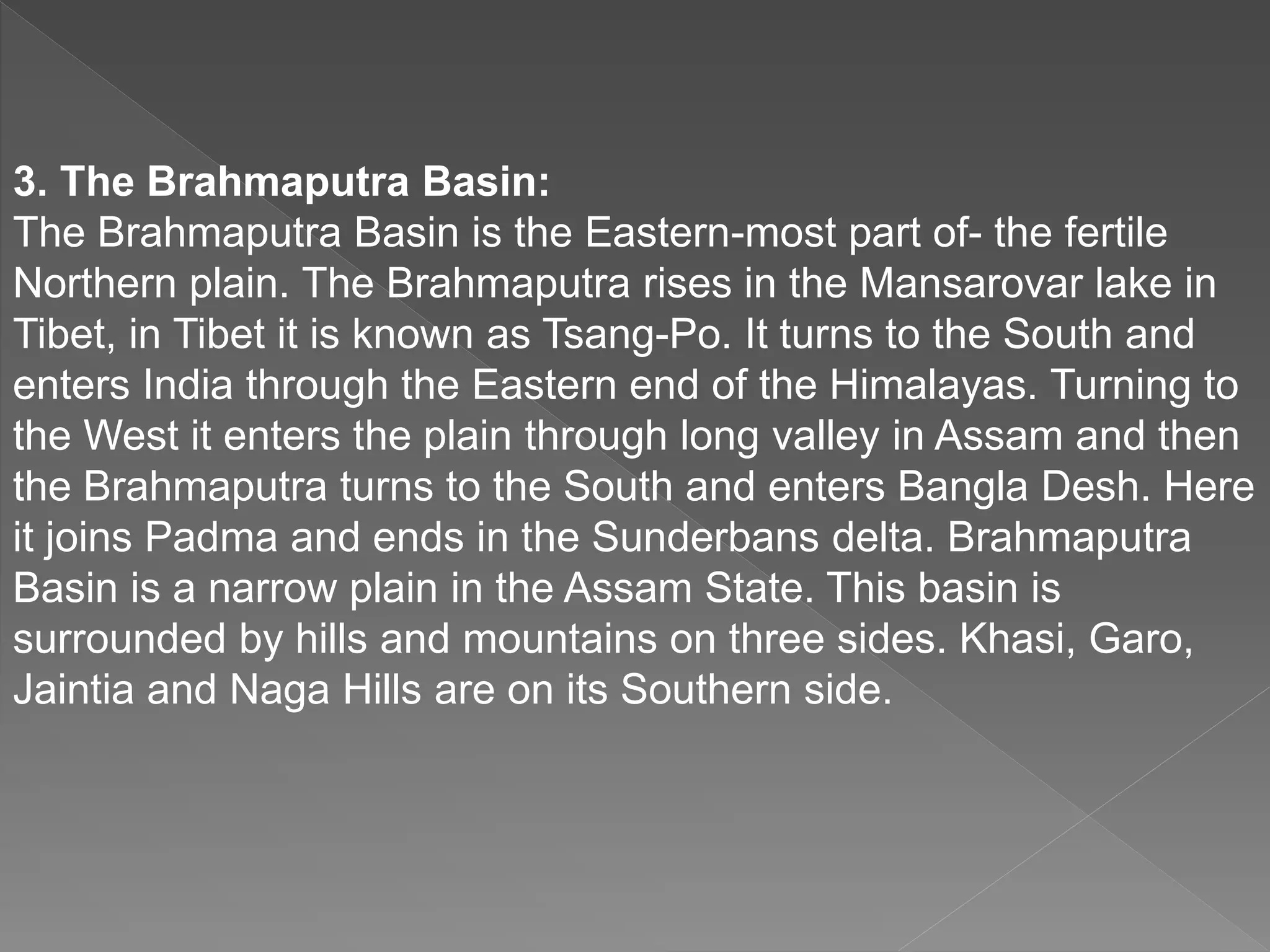
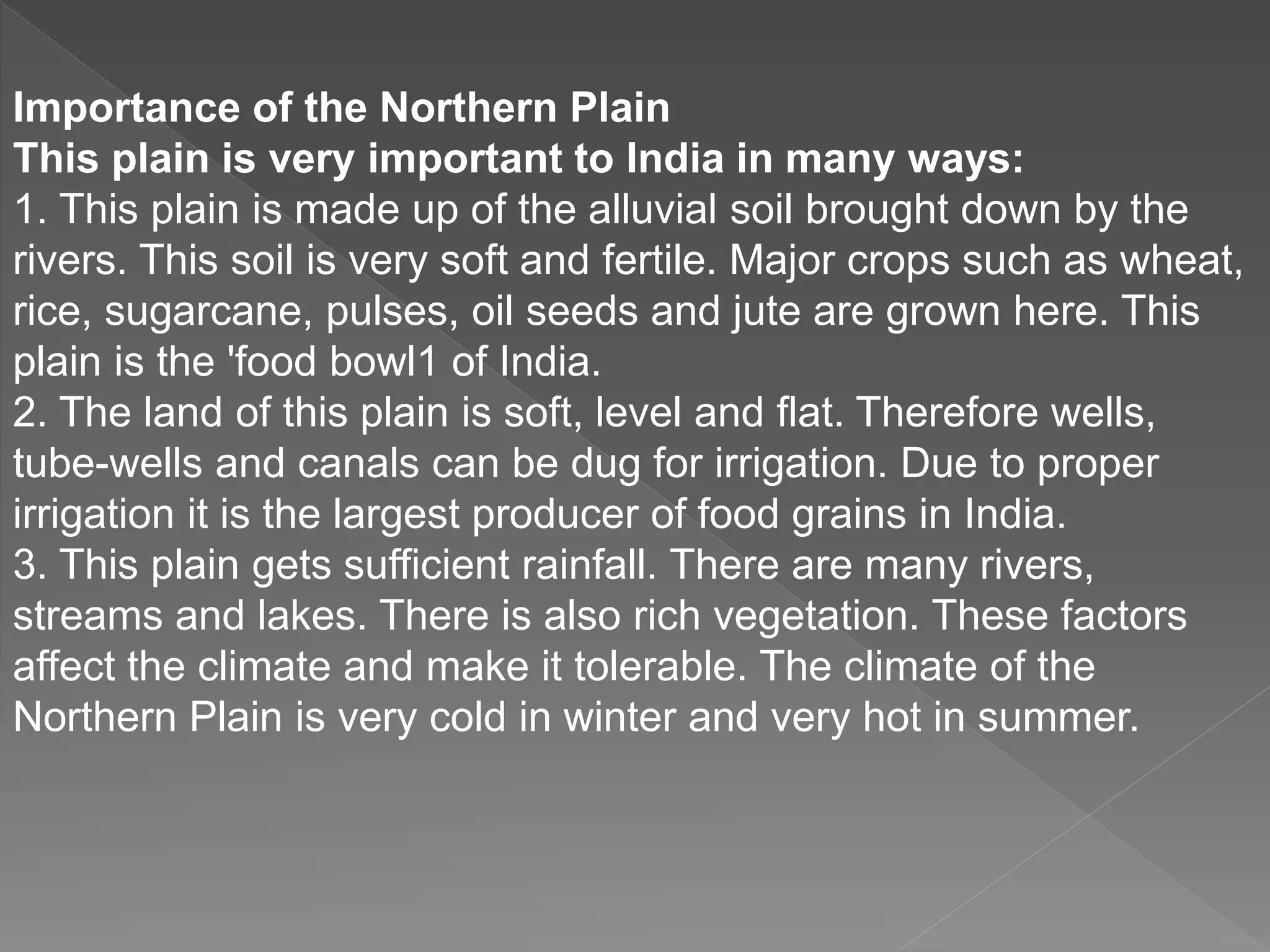
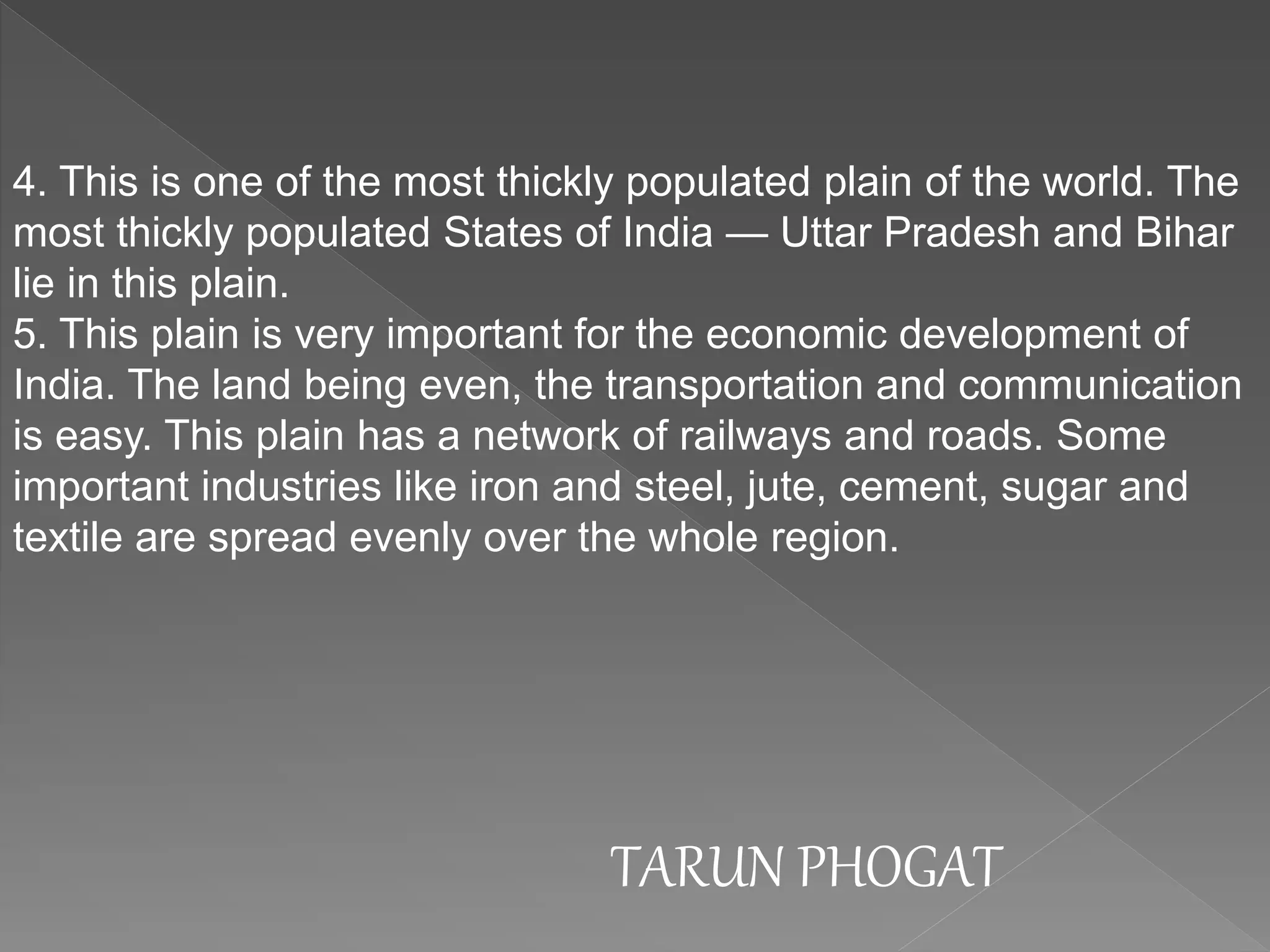



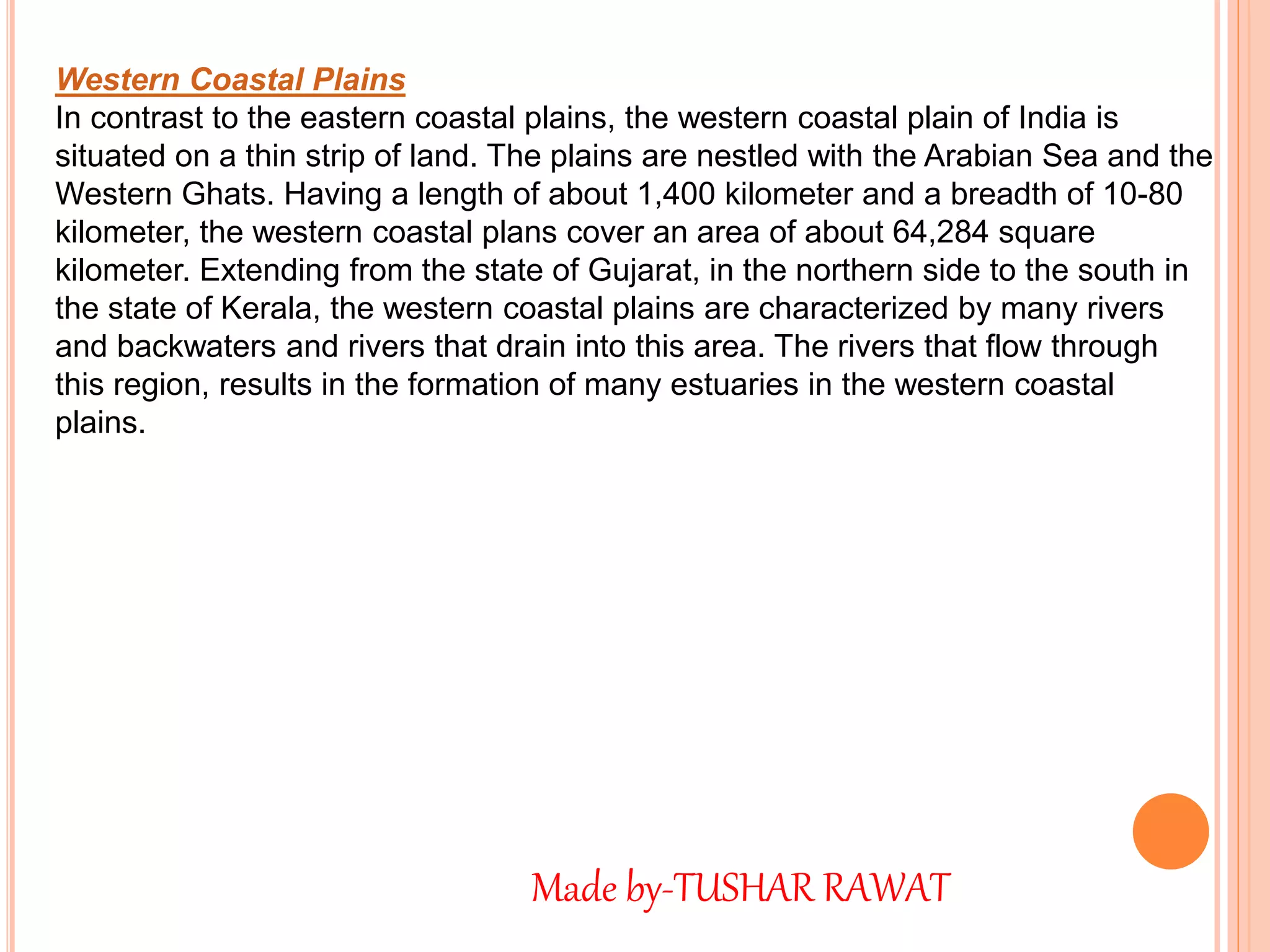


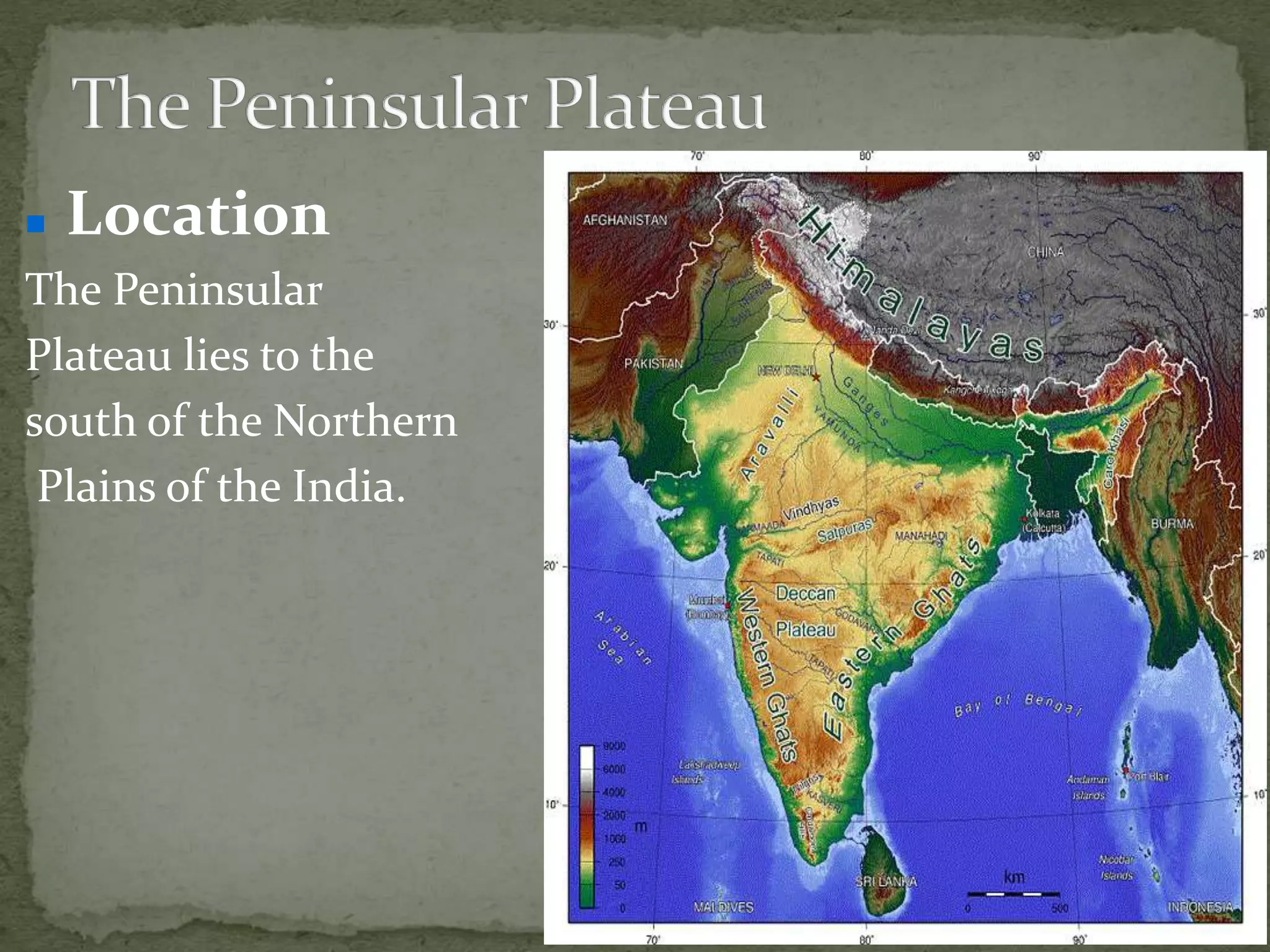
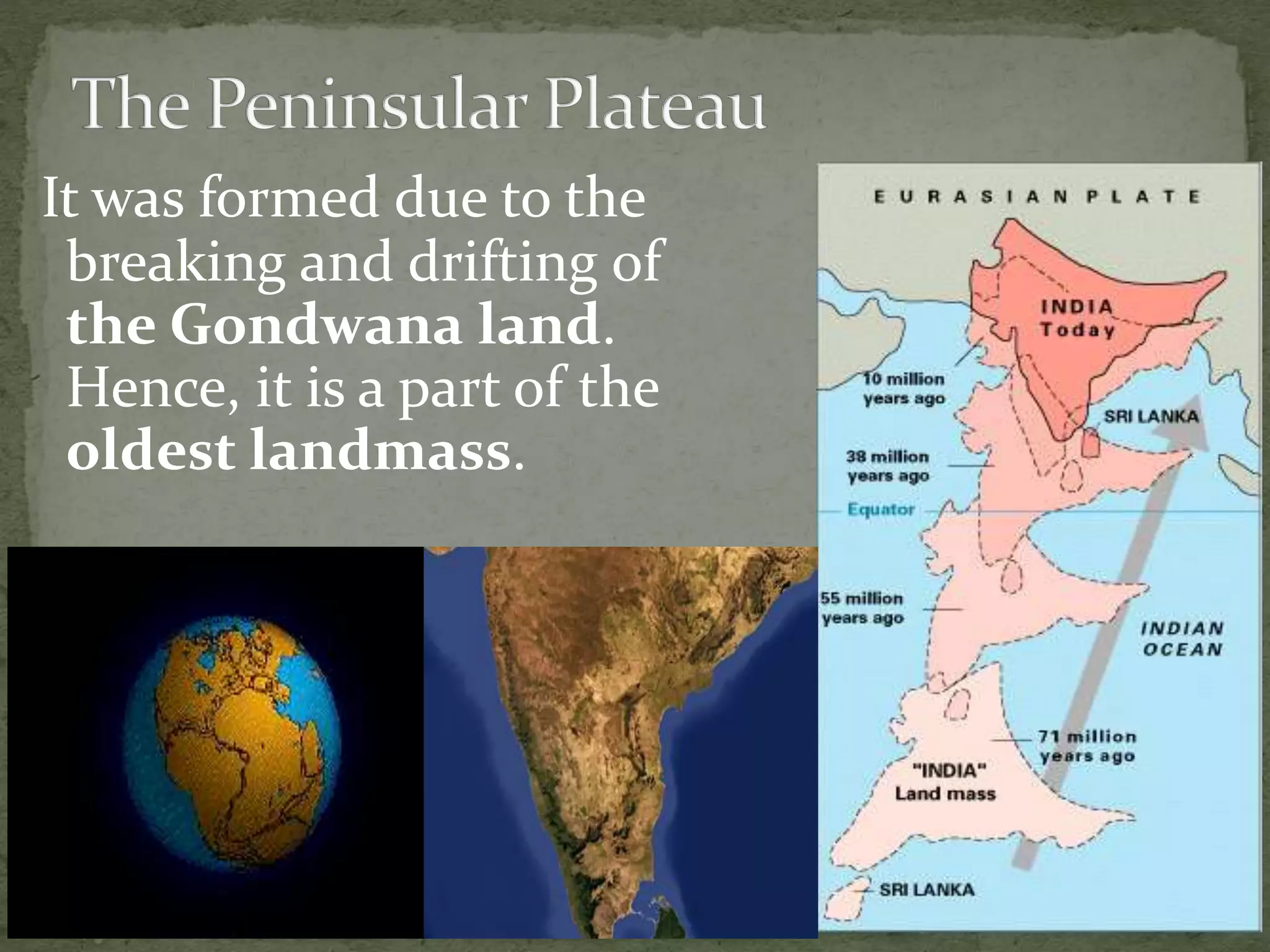





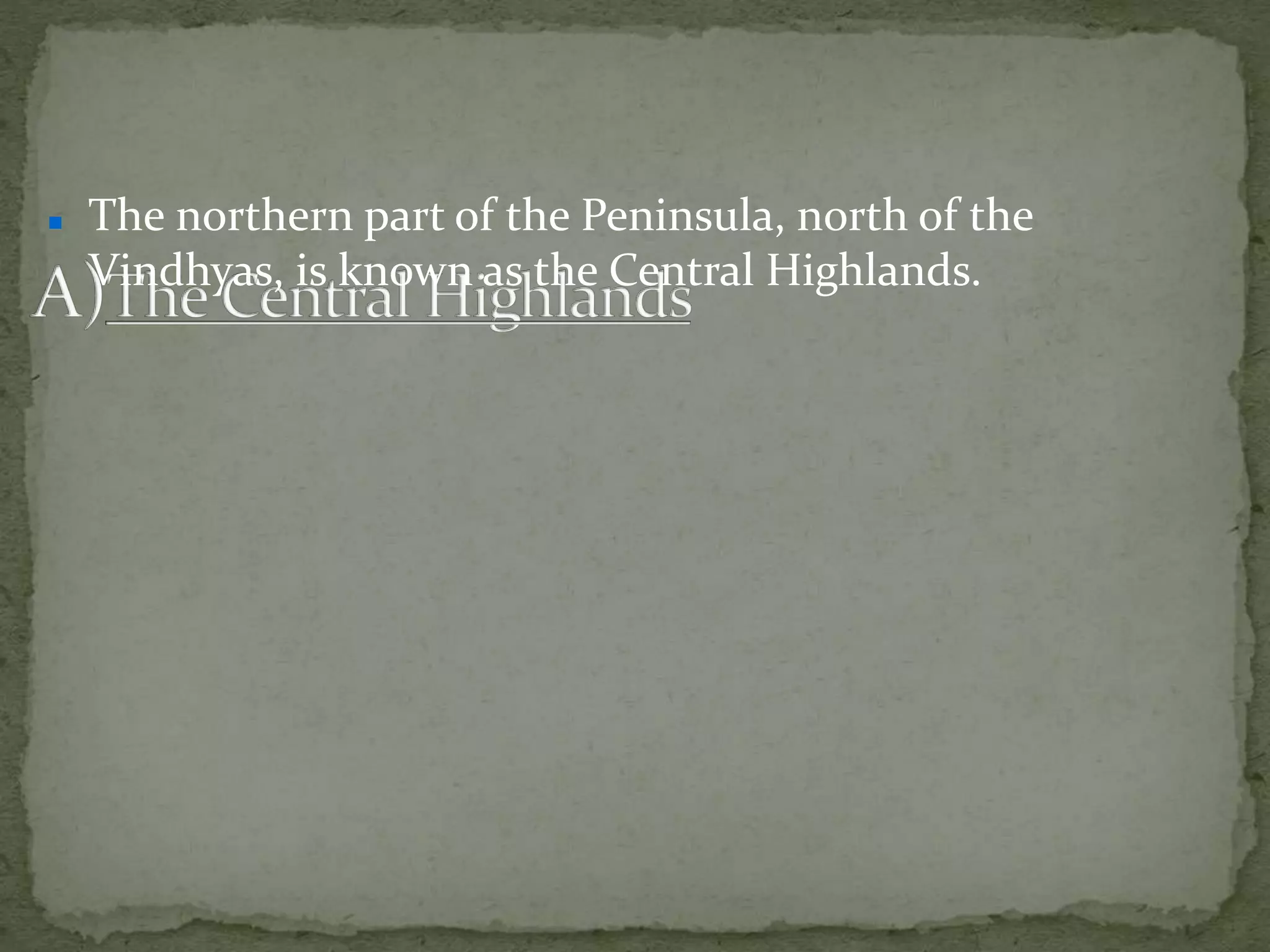


![ Malwa Plateau, plateau region in north-central India.
It is bounded by the Madhya Bharat Plateau and
Bundelkhand Upland to the north, the Vindhya Range
to the east and south, and the Gujarat Plains to the
west. Of volcanic origin, the plateau comprises central
Madhya Pradesh state and southeastern Rajasthan
state. The name Malwa is derived from the Sanskrit
malav (part of the abode of Laksmi [goddess of
wealth]).](https://image.slidesharecdn.com/pptonphysicalfeaturesofindia-180708075647/75/Ppt-on-Features-of-india-66-2048.jpg)



